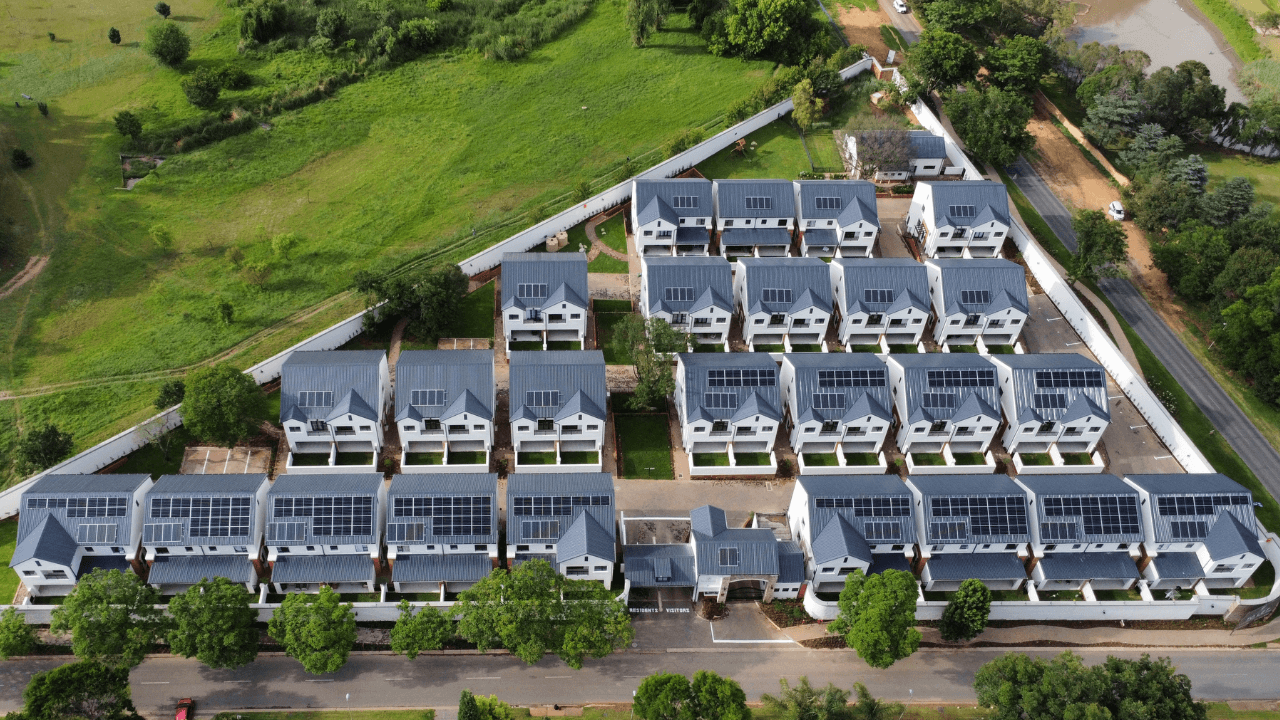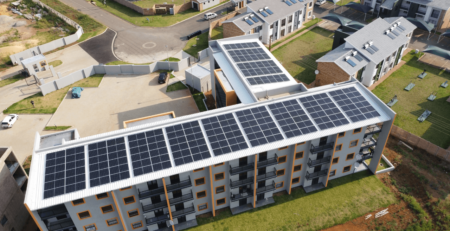Key considerations for installing a roof-mounted solar system in your sectional title scheme
With rising electricity costs and the need for energy security, many body corporates and homeowner associations are exploring solar solutions. A well-planned roof-mounted solar installation can reduce utility bills, enhance property values, and contribute to sustainability efforts. However, several key factors must be considered to ensure a successful installation.
1. Roof size and space availability
The effectiveness of a roof-mounted solar installation largely depends on the available roof space. Before installation, evaluate whether your roof has enough room to accommodate the required number of panels. Features such as skylights, chimneys, and satellite dishes can limit space and affect the layout. Complex roof designs may require dividing the solar system into multiple sections to optimise efficiency.
2. Shade and sunlight exposure
Solar panels generate electricity most effectively when exposed to direct sunlight. Assess potential shading from nearby trees, buildings, chimneys, or other structures. Even partial shading on one panel can reduce the overall performance of the system, especially if the panels are connected in a string series. A professional shading analysis can help determine the best panel placement for maximum efficiency.
3. Roof condition and structural integrity
The weight of solar panels adds stress to your roof, making it essential to ensure that the structure is in good condition. Installing a solar system on an ageing or damaged roof may lead to additional repair costs in the future. A structural assessment is recommended to verify that your roof can safely support the panels and that any necessary reinforcements are made before installation.
4. Roof material and suitability
The type of roofing material impacts installation complexity and cost. Metal and tile roofs are generally ideal for solar panel mounting, whereas fragile materials like clay, thatch, or wood may pose challenges or fire risks. Understanding the compatibility of your roofing material with solar mounting systems will help prevent damage and ensure long-term stability.
5. Orientation and tilt angle
For maximum energy generation, solar panels should be positioned to face the sun directly. In the Southern Hemisphere, north-facing roofs receive the most sunlight throughout the day. The angle of installation also affects efficiency—roof slopes of 15° to 30° are typically optimal. For flat roofs, panels may need to be installed on tilt frames to capture sunlight effectively.
Professional installation for optimal results
Installing solar is a long-term investment that requires careful planning. A professional assessment will help determine the most efficient setup for your community scheme, ensuring cost savings and optimal energy production.
Our expert team provides a hassle-free solar transition with no upfront costs. We conduct feasibility studies, assess available space, and handle the installation, maintenance, and insurance of the system. Contact us today to explore how your community scheme can benefit from solar energy.




